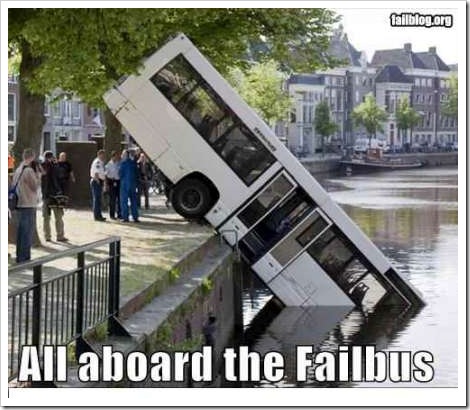Barcelona Metro
Barcelona Metro: 120 new stations in 5 years...
of course Barcelona is much richer and civilized than Toronto.
Tomorrow's Metro
In 2001, the Barcelona Metropolitan Transport Authority (ATM) laid out its plans (Pla Director d’Infraestructures 2001-2010) for expanding and upgrading city transit service over the following decade. The flagship of the PDI is the new line 9 (L9). Currently under construction, it will be the longest and most advanced metro line operating in Europe upon its planned inauguration in 2009.
In designing L9, the TMB sought to create a seamless link from the airport in the southeast, through underserved neighborhoods in the east, and finally into northern suburbs such as Badalona. The L9 will also connect to the future TGV/metro hub being constructed at the Sagrera station, and is expected to transport 90 million passengers annually. Line 9 will comprise 46 stations serviced by a long central line that branches north and south at both ends. The line is being constructed at extra low depths, and in some points above street level, as not to interfere with existing underground lines. The TMB has used the world's largest Earth pressure balance shield borer, featuring a drill diameter of 12 m, to create portions of the path of L9. City residents and visitors can now witness the Herculean construction efforts underway at future L9 stations throughout the city, where high-speed elevators will shuttle metro passengers to and from train platforms.
The system is slated for several other expansions, including lengthening of line 1 at both ends, extension of line 5 to the Vall d'Hebron Hospital, and extension of line 2 from St. Antoni to the fledgling business district of Zona Franca. By 2010, the Barcelona Metro will include seven lines servicing 150 stations (not counting the FGC), and will span over 120 km. The TMB has also planned upgrades for carriages and stations, including driverless operation for all lines and total accessibility for all passengers at all stations.
The Barcelona Metro has been serving city residents for more than eight decades and is on track to becoming one of the most sophisticated and user-friendly in the world.
http://www.citymayors.com/transport/barcelona_metro.html
http://www.barcelona-tourist-guide.com/en/maps/barcelona-metro-map-printable.html










